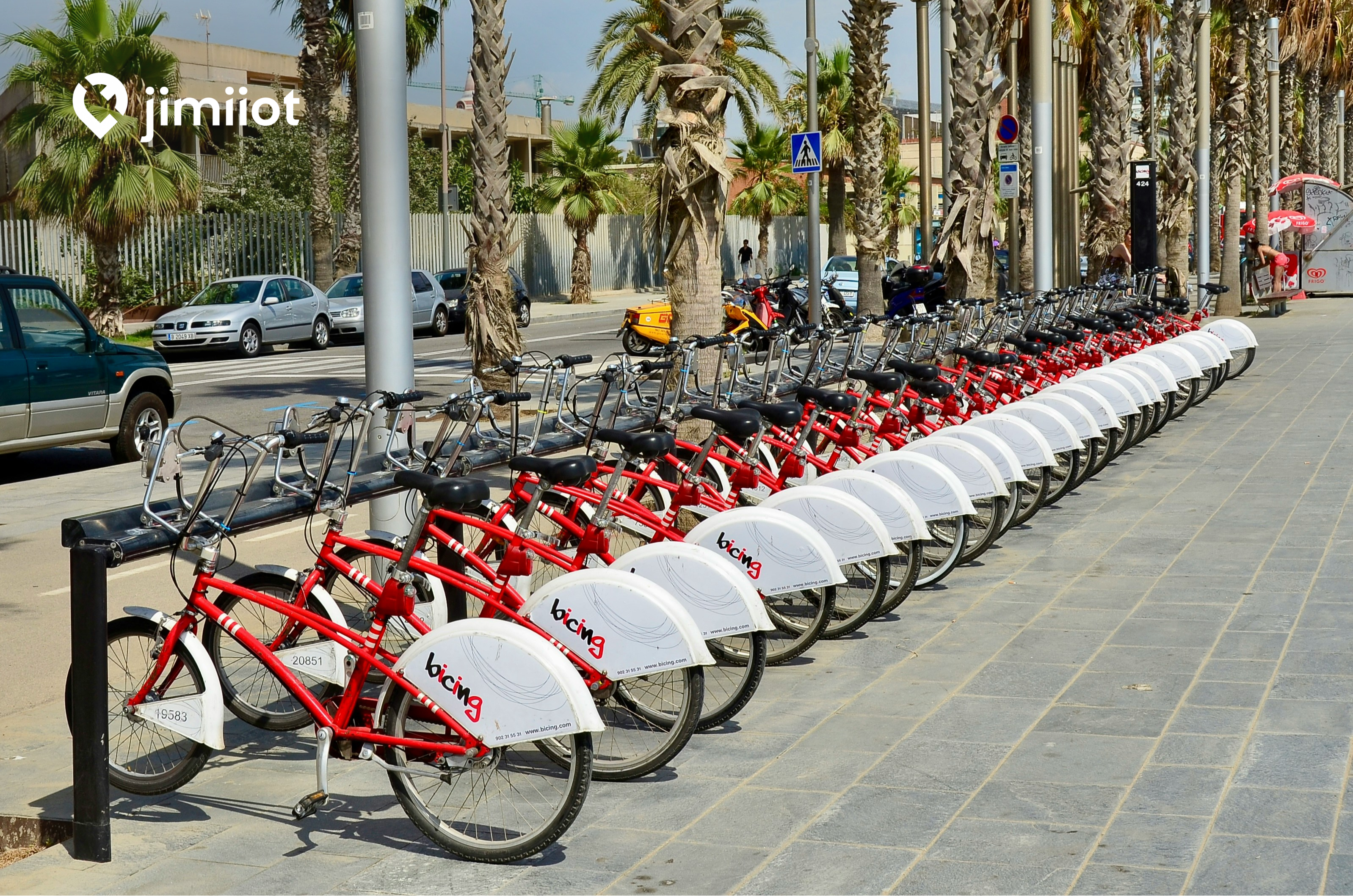The Rise of Smart Cities: Empowered by IoT Connectivity
Smart cities are no longer a futuristic concept, they are becoming a reality in urban centers around the world. From intelligent traffic management to efficient waste disposal and energy systems, IoT technology is the driving force behind the transformation of traditional cities into smart, connected hubs. By combining sensors, devices, and data analytics, cities are able to optimize operations, reduce costs, improve sustainability, and enhance the quality of life for residents.
At Jimi IoT, we are at the forefront of this revolution, providing advanced IoT solutions that empower smart city infrastructure.

The Building Blocks of a Smart City
A smart city is built on a foundation of connectivity, with IoT devices and systems working together to collect, process, and share data. The core components that make up a smart city include:
- Smart infrastructure: IoT sensors installed in roads, buildings, and bridges to monitor traffic flow, air quality, and structural health.
- Connected transportation systems: Real-time vehicle tracking, smart traffic lights, and autonomous vehicles that reduce congestion and optimize travel time.
- Energy-efficient utilities: Smart meters and grids that allow cities to manage electricity, water, and gas consumption more effectively.
- Waste management systems: IoT-enabled waste bins and sensors that optimize trash collection routes and improve recycling efforts.
The integration of IoT into these systems leads to a connected ecosystem, where data flows freely to improve decision-making and services.

IoT and the Rise of Shared Mobility in Smart Cities
As cities grow and evolve, one of the most notable shifts is the rise of shared mobility services, particularly bike-sharing systems. With the increasing need for affordable, sustainable transportation options, many cities are embracing shared bikes as part of their urban mobility solutions. These systems allow residents to rent bikes for short trips, reducing congestion and promoting eco-friendly transportation.
However, the success of bike-sharing programs relies heavily on effective fleet management, and that’s where IoT technology steps in.
- Real-time location tracking: IoT devices like the BL11 GPS tracker enable bike-sharing operators to track the location of each bike in real-time, ensuring efficient operations and quick retrieval of bikes in popular areas.
- Battery monitoring: For electric bikes (e-bikes), IoT helps monitor the battery status, alerting operators when bikes need charging or maintenance.
- Usage analytics: IoT sensors provide detailed insights into bike usage patterns, helping cities optimize bike placement and improve service accessibility for residents.
Why IoT Devices Like BL11 Are Crucial for Smart City Mobility
The BL11 GPS tracker from Jimi IoT is specifically designed to meet the needs of shared mobility fleets. Here’s why BL11 is a perfect fit for smart cities:
- Compact and durable: The BL11 is built to withstand outdoor conditions, making it ideal for bicycles and similar devices that are exposed to the elements.
- Easy installation: The device is lightweight and easy to install.
- Vibrating alert: The BL11 comes with a vibrating alert feature that notifies fleet operators when a bike is moved outside of designated areas or when tampering is detected. This helps reduce theft and ensure bikes stay where they should.
- Long-lasting battery with solar charging: With a battery that can last for months on a single charge, the BL11 is an efficient solution for fleet operators. Additionally, solar charging capabilities extend battery life, ensuring longer operational times.
- Real-time tracking and data: Provides real-time location data, usage statistics, and battery status, all accessible via the Tracksolid Pro platform.
How IoT is Revolutionizing City Mobility
The future of urban transportation lies in continuous connectivity. IoT is playing a key role in creating a connected ecosystem where people can access transportation options when and where they need them. Key advantages of IoT in shared mobility include:
- Reduced congestion: With real-time data on the location and availability of bikes, citizens can easily find and access bikes, helping reduce traffic congestion.
- Sustainability: Shared mobility options such as bikes and scooters reduce carbon footprints, making cities more environmentally friendly.
- Cost-effective management: IoT allows for efficient fleet management, reducing operational costs for bike-sharing providers and improving service quality for users.
- Improved accessibility: IoT data helps ensure that shared bikes are available in key locations, improving access to transportation for residents in underserved areas.
A Smarter, More Connected Future for Urban Mobility
As cities continue to grow and evolve, smart city solutions powered by IoT will become more critical. From fleet managing systems to shared bikes, Jimi IoT is leading the way in enabling smarter urban mobility. With the BL11 GPS tracker and other IoT devices, cities can optimize fleet operations, improve accessibility, and reduce costs, creating a more efficient, sustainable urban ecosystem.
Why Jimi IoT?
At Jimi IoT, we understand that one size does not fit all. That’s why we offer a diverse portfolio of tracking devices supporting GPS, LBS, or hybrid configurations. Whether you’re managing a fleet, tracking assets across regions, or ensuring personal safety, our solutions are built to adapt to your unique challenges.
From high-precision GPS devices with advanced telematics to compact LBS tags for indoor asset monitoring, Jimi IoT delivers innovation, scalability, and support to ensure you’re always connected to what matters most.
Explore our GPS and LBS tracking solutions today and experience the future of smart tracking.